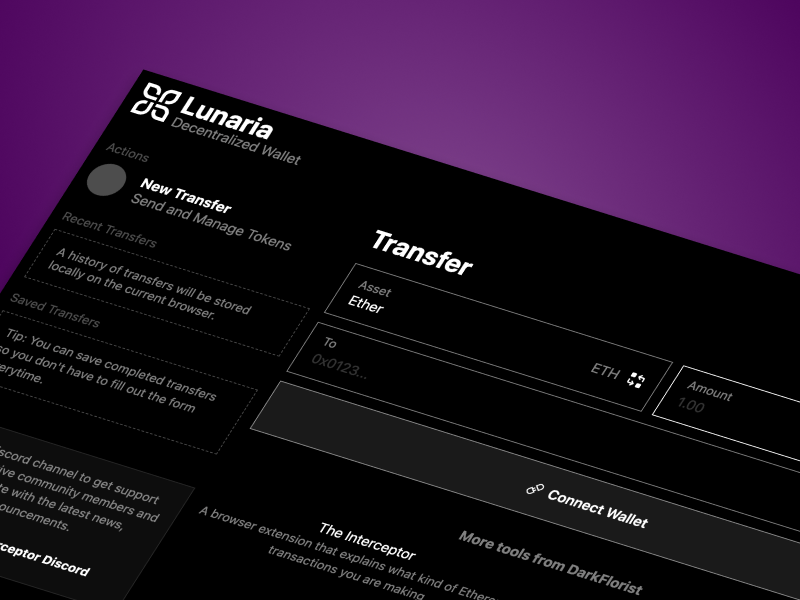Tailwind CSS has revolutionized how developers approach frontend styling. Let’s explore why Tailwind has become so popular and how you can use it to create beautiful, responsive interfaces.
What is Tailwind CSS?
Tailwind CSS is a utility-first CSS framework packed with classes like flex, pt-4, text-center, and rotate-90 that can be composed to build any design, directly in your markup.
Instead of pre-designed components that you need to override, Tailwind provides low-level utility classes that let you build completely custom designs without leaving your HTML.
Why Choose Tailwind CSS?
1. Class Naming Is Actually Hard
One of the challenges in traditional CSS is coming up with meaningful and consistent class names. Tailwind eliminates this problem by providing utility classes that describe exactly what they do. This approach simplifies the mental model for developers, as you no longer need to think about naming conventions or worry about class name conflicts.
<!-- Before: Custom class names required -->
<div class="card-title">Title</div>
<!-- After: Utility classes describe the styling directly -->
<div class="text-xl font-bold">Title</div>2. Mobile-first Responsive
Tailwind’s responsive modifiers make it simple to build responsive interfaces:
<div class="text-center sm:text-left md:text-right">
<!-- Text alignment changes at different breakpoints -->
</div>3. Consistent Design System
Tailwind enforces a design system with predefined spacing, colors, and typography scales:
<!-- All spacing values come from a consistent scale -->
<div class="space-y-4">
<div class="p-2">Small padding</div>
<div class="p-4">Medium padding</div>
<div class="p-8">Large padding</div>
</div>Getting Started with TailwindCSS
Setting up Tailwind in your project is straightforward. There are options for every popular frameworks on Tailwind’s official site and for an Astro project like this one, you can simply install tailwind through Astro CLI with npx astro add tailwindcss and include the basic Tailwind CSS configuration directly in your CSS file:
/* /src/styles/global.css */
@import 'tailwindcss';Yes, that’s it! You now have access to all of Tailwind’s utility classes without additional configuration.
Practical Examples
Here are some common UI patterns built with Tailwind:
Card Component
<div class="max-w-sm rounded overflow-hidden shadow-lg">
<img class="w-full" src="/image.jpg" alt="Card image" />
<div class="px-6 py-4">
<div class="font-bold text-xl mb-2">Card Title</div>
<p class="text-gray-700 text-base">Card content goes here. This is where you would put the description.</p>
</div>
<div class="px-6 pt-4 pb-2">
<span class="inline-block bg-gray-200 rounded-full px-3 py-1 text-sm font-semibold text-gray-700 mr-2 mb-2">#tag1</span>
<span class="inline-block bg-gray-200 rounded-full px-3 py-1 text-sm font-semibold text-gray-700 mr-2 mb-2">#tag2</span>
</div>
</div>Conclusion
Tailwind CSS offers a different approach to styling that many developers find more productive and maintainable. The utility-first philosophy might seem verbose at first, but the productivity gains and consistency it brings to your projects make it worth considering for your next web project.
Further Reading
Here are some resources to help you dive deeper into Tailwind CSS:
- Official Tailwind CSS Documentation - Comprehensive guide to all features and utilities.
- Tailwind CSS YouTube Channel - Tutorials and tips from the creators of Tailwind.
- Tailwind CSS Cheat Sheet - Quick reference for utility classes.
